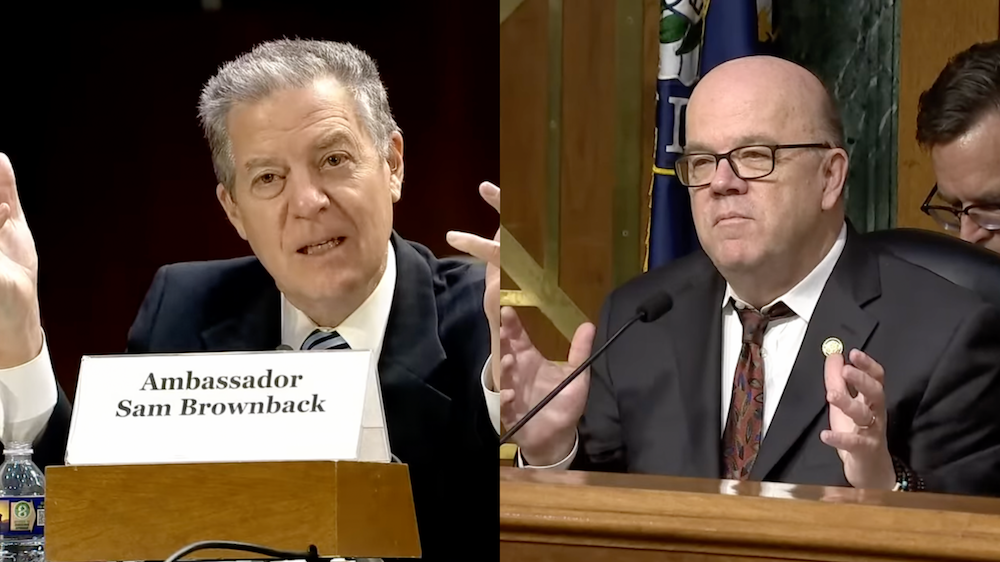Tsering Dhundup
DHARAMSHALA, August 19: China’s military expansion in Tibet is causing severe and measurable damage to the fragile Himalayan ecosystem and risks destabilising regional climate and water security, according to a new report released Monday by the Stockholm-based Institute for Security and Development Policy (ISDP).
The report titled “The Ecological Cost of Security: Military Development and Environmental Change in Tibet” warns that the rapid militarisation of the Tibetan Plateau, home to Asia’s largest reserves of permafrost and glaciers has triggered environmental changes with consequences extending far beyond the immediate footprint of military bases and installations. These changes, ISDP says, pose threats to both local biodiversity and the water security of downstream populations across South and Southeast Asia.
“Chinese military presence in Tibet has evolved from an initial force deployment in the 1950s to a sophisticated military network fully integrated into China’s national defence strategy and economic structure,” the report stated. According to the International Institute for Strategic Studies, the People’s Liberation Army (PLA) maintains between 70,000 and 120,000 troops on the Tibetan Plateau, with about 40,000 to 50,000 stationed in the Tibet Military District alone.
Satellite imagery and field studies cited in the report show that large-scale construction of roads, tunnels, airstrips, and bases in permafrost areas has accelerated land degradation. The Tibetan Plateau holds around 1.06 million sq. km of permafrost, making it the world’s largest high-altitude frozen zone and a vital carbon sink. But rising ground temperatures between 0.1 and 0.5°C annually over the past three decades are already destabilising permafrost. Military projects, the report warned, are worsening this degradation, releasing trapped greenhouse gases and altering fragile hydrological systems.
“The distribution of military facilities across Tibet reflects both defensive posturing and power projection capabilities, but each carries environmental consequences,” ISDP noted. “The degradation not only affects local ecosystems but also contributes to global climate instability.”
The report identified roughly 35,000 sq. km of highly vulnerable terrain that should be excluded from heavy military use and called for urgent reforms in military planning. Recommendations included mandatory ecological preservation zones around glaciers and water sources, stricter construction standards, full ecological restoration after exercises, and investment in sustainable infrastructure such as waste treatment systems and permafrost protection technology.
ISDP also urged Beijing to increase transparency and engage with international NGOs, warning that the militarisation of Tibet’s high-altitude environment has far-reaching cross-border implications.
“Tibet’s environmental stability, particularly its role in Asian water security depends on balancing military expansion with ecosystem preservation,” the report concluded. “Recent environmental initiatives show progress, but the scale and speed of development remain concerning.”
Observers say that China’s military buildup in Tibet is motivated by both external and internal concerns. Externally, Beijing views Tibet as a critical buffer zone in its tense relationship with India, with which it shares a long, disputed Himalayan border. Frequent standoffs, including the deadly 2020 Galwan Valley clashes, have heightened China’s determination to consolidate control over high-altitude positions and infrastructure.
Internally, a heavier military presence also allows Beijing to tighten its grip on Tibetans, whose demands for cultural and religious freedom have long been met with repression. Analysts say the network of bases, roads, and surveillance systems in Tibet not only prepares China for potential conflict but also serves as a tool of domestic control.











One Response
Join the CAAT Campaign against the arms trade